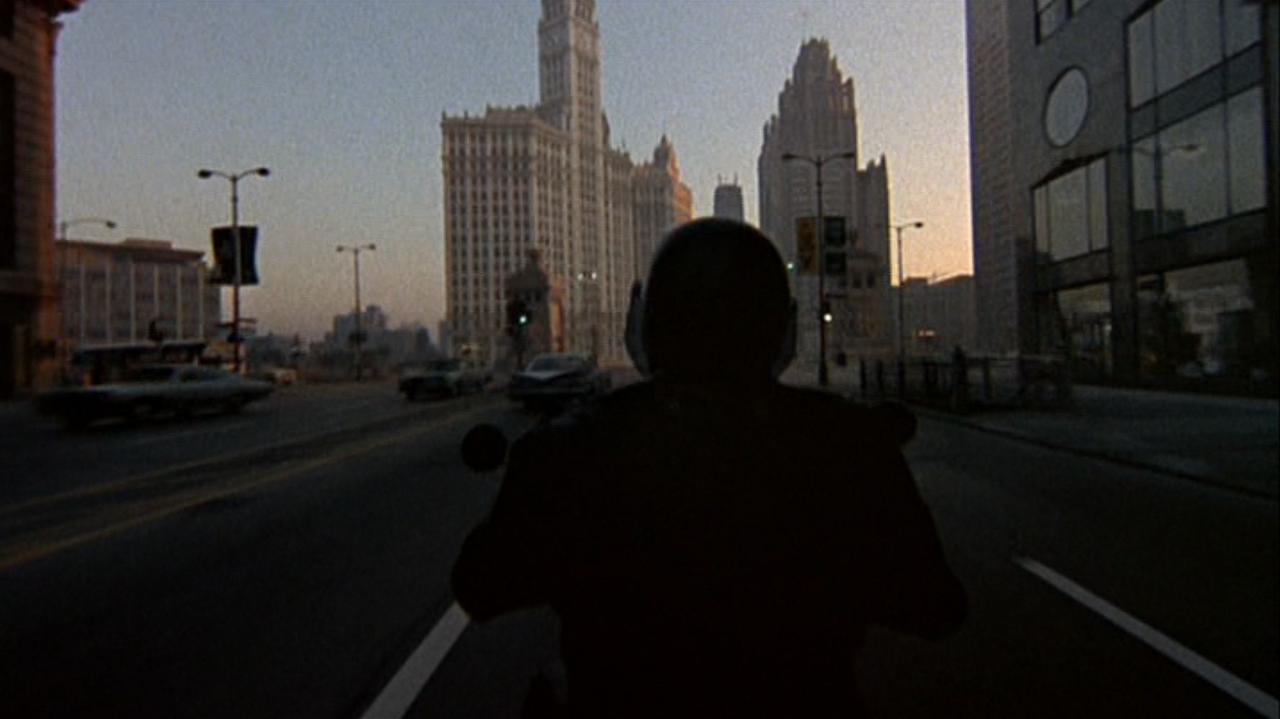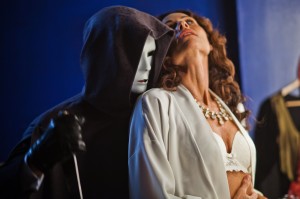
Shot in and around Chicago at the height of the 1968 Democratic National Convention protests, Haskell Wexler’s docu-fiction Medium Cool is, as you would expect, a vibrant and politically-charged piece of work, critical of damn near every dominant power structure you can think of. Race, gender, politics, media, and how they all influence each other, especially in a time of social upheaval, get covered and critiqued. While the movie is vital on a historical, technical and political level, its actual plot robs it of a chunk of its rhetorical power.
Robert Forster (one of those “oh yeah, that guy” character-actor types, best known for his work in Jackie Brown) stars as John Cassias, a news cameraman more interested in chasing tail than chasing leads. He begins to change his tune as his social conscience grows, personified by Verna Bloom’s Eileen, a poor single mother transplanted from West Virginia. He also takes a shining to her son Harold (Blankenship), a heavily-accented little scamp that acts as a kind of mouthpiece of innocence.
Young Harold basically exists as the movie’s ideological blank slate. We see him, in flashback, getting dopey, sexist received knowledge about women from his estranged dad. We find him early on swiping hubcaps from John’s car, and ends the movie as a kind of son figure to Robert Forster. Though Blankenship is charming and effective in his role, his subplot, and that of John and Eileen’s budding romance, are the film’s weak spots. As previously mentioned, the plot itself is thin and pedestrian; unemphatic, apolitical news guy discovers politics and empathy as a metaphor for the grater social awakening of a nation. Also, he discovers that his chosen field is an important tool when it comes to social issues and how they’re received and internalized by the public. Actually, Medium Cool needlessly focuses lots of energy on bluntly pointing out that for better or worse (usually the latter), media is a massive shaping force of the sociopolitical landscape. This was probably a radical notion at the dawn of modern media studies, but 45 years on, this element of the film registers with a resounding “no shit.”
But what does still feel vibrant and vital after nearly half a century is the jazzy, associative power of the film’s more abstract sequences (see: the club sequence set to the Mothers of Invention’s “Who Needs the Peace Corps?”) and the visceral immediacy of the footage culled from actual demonstrations and protests. At one point, an unseen character (or person, as it were, since the film’s melding or reality and fiction is often seamless) yells out “Watch out, Haskell! It’s real!,” presumably in reference to the very real tear gas being used by the fuzz. That instance, in a nutshell, crystallizes Medium Cool‘s strengths: the immediacy of the image, the dangers of documenting change, and the ability of media to blend truth and fiction as a means to an end, and to see and question power as often and as strongly as you can.
—
Medium Cool is available on DVD and Blu-ray from Amazon.
Directed by Haskell Wexler; written by Haskell Wexler; starring Robert Forster, Verna Bloom, Peter Bonerz, Marianna Hill, and Harold Blankenship; 100 minutes.



 Derek
Derek
 Isabelle
Isabelle